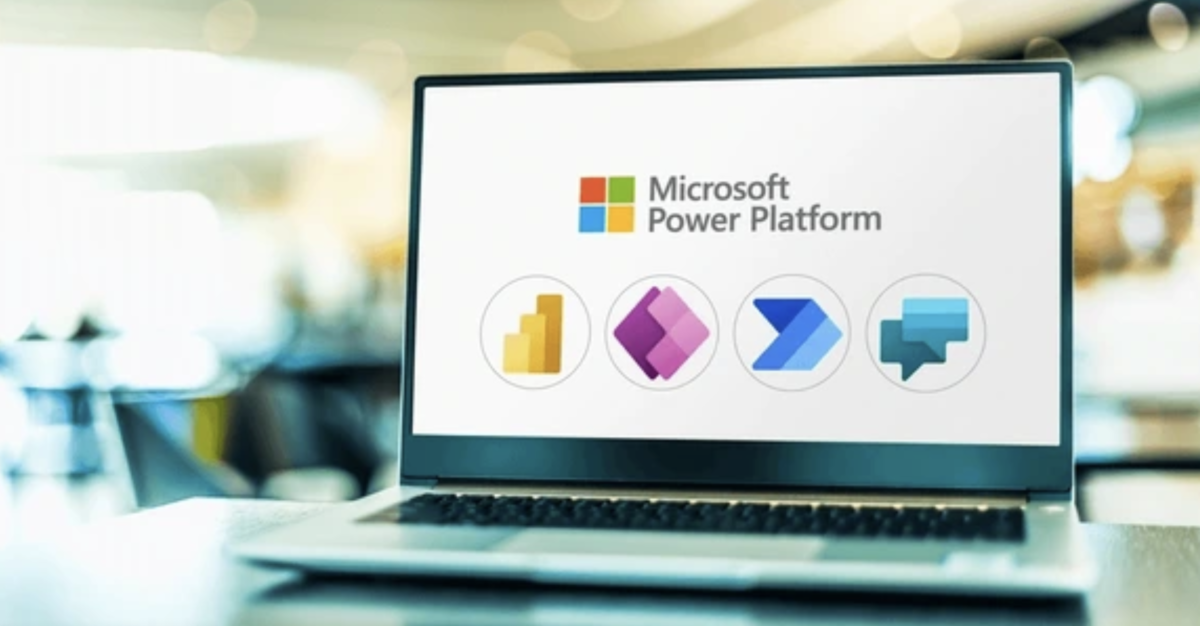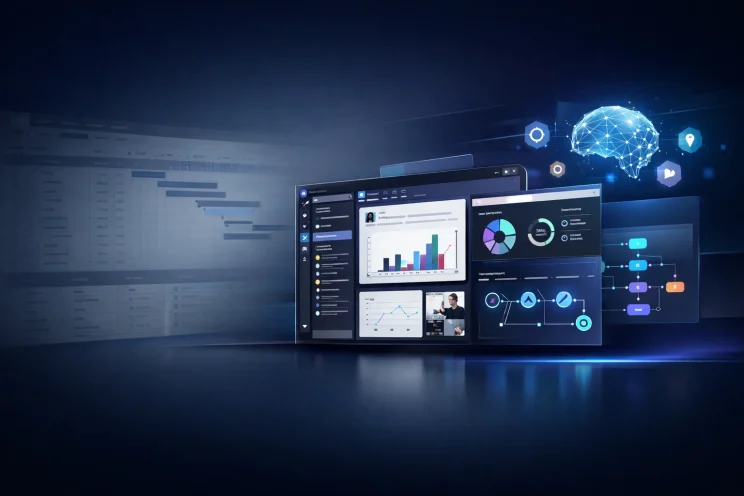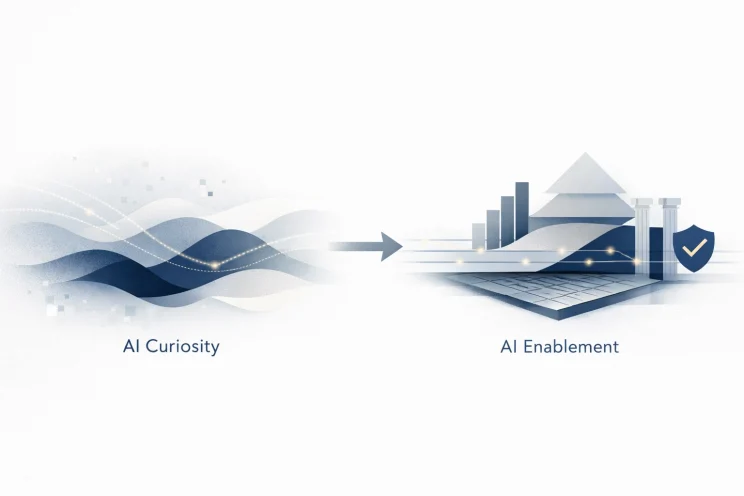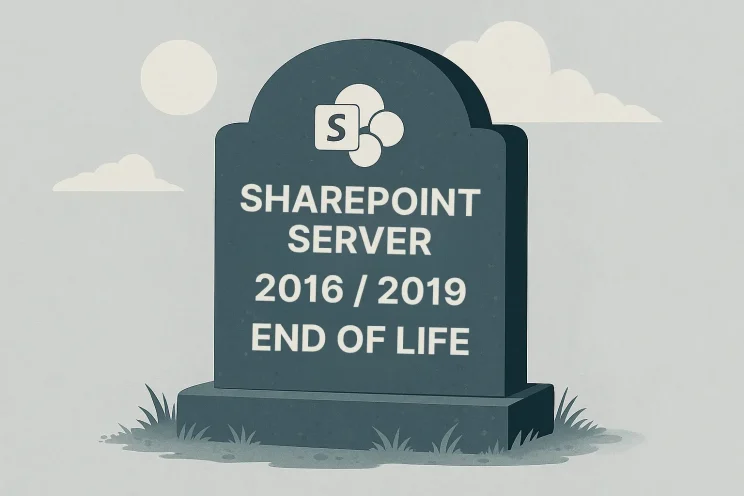In an era where digital transformation is at the forefront of business strategies, Microsoft Power Platform is paving the way for organizations to innovate and streamline operations. As we look to the future, several emerging trends and innovations within the Power Platform ecosystem are poised to revolutionize how businesses operate. This blog post will delve into upcoming features, integration with cutting-edge technologies, and the potential impact on businesses.
Upcoming Benefits to Watch
Microsoft continues to enhance the Power Platform with new features aimed at increasing productivity and enabling greater customization. With the ability to quickly develop and deploy custom applications, businesses can respond more rapidly to market changes and customer needs. This increased agility will foster innovation and give companies a competitive edge. Some of these exciting updates on the horizon include:
1. Advanced AI and Machine Learning Capabilities
Power Platform is integrating more advanced AI and machine learning capabilities, making it easier for businesses to leverage data-driven insights. Expect to see enhanced predictive analytics, natural language processing, and automated decision-making features that empower users to make smarter business choices. One notable addition to Power Platform is Microsoft Copilot, an AI-powered assistant designed to help users create and edit workflows and applications more efficiently, offering intelligent suggestions and automating repetitive tasks.
The advanced AI and machine learning capabilities within Power Platform will enable businesses to make more informed decisions. By leveraging predictive analytics and real-time data insights, organizations can optimize operations and drive better outcomes.
2. Enhanced Low-Code/No-Code Functionality
The low-code/no-code movement is gaining momentum, and Power Platform is at the forefront. According to Gartner, the worldwide market for low-code development technologies is projected to total $31,949 million by the end of 2024. Upcoming enhancements will further simplify the app development process, allowing even non-technical users to create sophisticated applications. Look out for more intuitive design interfaces, pre-built templates, and drag-and-drop functionalities.
The low-code/no-code nature of Power Platform reduces the need for extensive IT resources and development time. With it, anyone can develop an app or workflow with a click of a button. This cost efficiency will allow businesses to allocate resources more effectively and invest in other strategic initiatives.
3. Improved Integration with Microsoft 365 and Azure
Seamless integration with Microsoft 365 and Azure remains a key focus. New features will allow for more robust data sharing and collaboration across platforms, enabling a more unified and efficient workflow. This integration will streamline processes and enhance productivity across departments. With Azure services and Power BI, businesses can transform their data processing efforts into real-time analytics and reports, regardless of whether the data is cloud-based or on-premises, straightforward or complex. Additionally, Power BI Embedded in Azure allows for interactive data visualizations within applications, websites, and portals, providing users with consistent, high-fidelity experiences across devices.
Seamless integration with Microsoft 365 and Azure will enhance collaboration across teams and departments. Businesses can benefit from a unified digital workspace where information flows freely, leading to improved communication, productivity, and decision-making.
Integration with New Technologies
As technology continues to evolve, so does the Power Platform’s ability to integrate with new and emerging technologies. Here’s a look at some of the exciting integrations we can expect:
1. Internet of Things (IoT)
The integration of IoT with Power Platform will open up new possibilities for real-time data collection and analysis. Businesses will be able to monitor and manage physical assets more efficiently, leading to improved operational efficiency and reduced downtime.
2. Mixed Reality
Mixed Reality (MR) combines augmented and virtual reality to create immersive experiences. Integrating MR with Power Platform will allow businesses to develop innovative solutions for training, remote assistance, and visualization. This technology will provide new ways to engage customers and enhance operational efficiency.
The Future of Power Platform
The future of Microsoft Power Platform is bright, with continuous advancements that promise to transform the way businesses operate. By embracing these emerging trends and innovations, organizations can unlock new opportunities for growth, efficiency, and innovation. Stay ahead of the curve by keeping an eye on these developments and exploring how Power Platform can propel your business into the future.
Ready to elevate your business operations with the latest trends in Power Platform? Meet with an expert to discuss how your organization can prepare. Interested in other emerging trends in business and technology? Check out our blog post “Using Microsoft Copilot to Improve Data Analysis in Power BI!”




